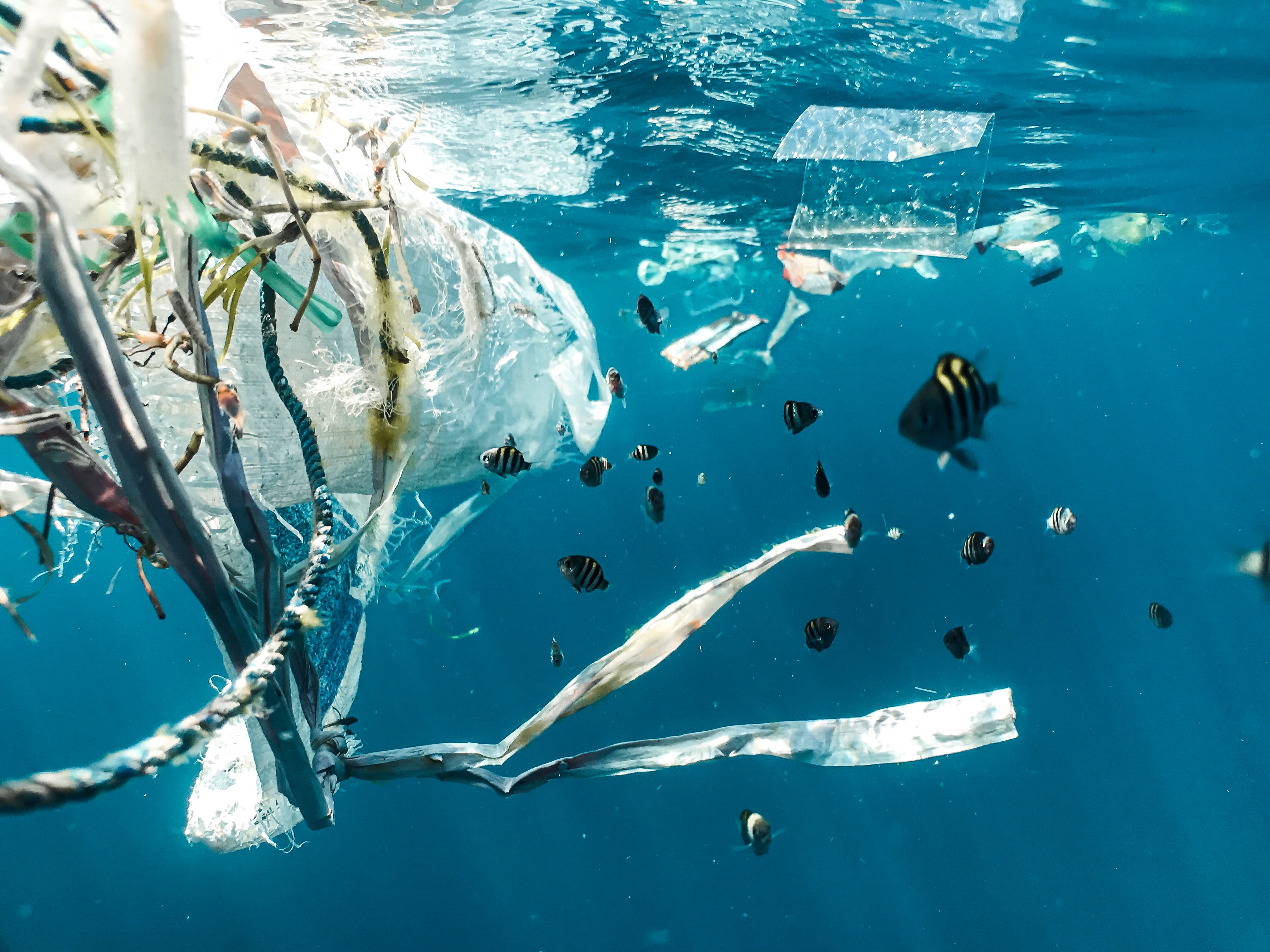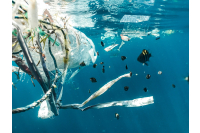Part 1: Clean Beaches Week: Could Robotic Fish Solve the Microplastic Pollution Problem

Marine plastic debris is one of the biggest environmental problems of our time. Plastics are found in all corners of the world’s ocean, from the surface down to the seabed, and pollutes even the most remote beaches all across the world. Because plastic is so durable, it doesn’t simply break down in the environment, but rather slowly disintegrates into tiny bits of plastic which float on the surface or are suspended in the water column before finally sinking to the seafloor where they accumulate over time.
These plastic particles, known as microplastics, are often ingested by marine animals and seabirds who mistake them for food. As higher predators inadvertently ingest microplastics found inside all the prey they eat, this can quickly accumulate. Since the plastic is not easily digested, the digestive system can become clogged up with microplastic. This causes the animal to feel full, and so it stops feeding and slowly starves to death.
While several innovative technologies have been launched over the years to collect plastic from the surface of the ocean, the more elusive microplastics continue to pose a problem due to their tiny size. In this 2-part series, we explore new innovative solutions that could change that.
Robot Fish Designed to Attract Microplastics
A team of Chinese scientists has developed a robotic fish that is able to collect microplastics floating in water (1). The robo-fish uses laser light technology to move its tail from side to side, which propels it forward through the water at a maximum swimming speed of 2.67 times its own body length per second, which is similar to the speed at which plankton move through water.
The scientists turned to biomimicry — the imitation of natural biological designs for technological inventions — for their inspiration. The robo-fish’s body is made from a durable, yet flexible, nanostructural compound which has a similar structure to mother-of-pearl found on the inside of clam shells. This compound contains negatively-charged molecules, which attract positively charged molecules on the microplastics, causing them to adhere to the robo-fish’s body. Since this attraction is so strong, the robo-fish doesn’t have to get up close and personal with every particle of microplastic in its vicinity. The plastic particles are drawn to the robo-fish and stick to its body as it swims past.
The microplastic ‘guzzling’ robo-fish has proven to hold great potential for removing microplastics from the ocean, but so far has only been tested on floating microplastics. The scientist's next goal is to develop the robo-fish further to enable it to dive deeper so that it can access more challenging areas on the seabed such as crevices, which are typically inaccessible with less agile robotic devices.
In part two, we will explore a second innovation that could also solve the microplastic pollution problem.
References:
(1) Yuyan Wang, Gehong Su, Jin Li, Quanquan Guo, Yinggang Miao, and Xinxing Zhang. Robust, Healable, Self-Locomotive Integrated Robots Enabled by Noncovalent Assembled Gradient Nanostructure. Nano Letters Article ASAP. DOI: 10.1021/acs.nanolett.2c01375
- Most Viewed Blog Articles (5)
- Company News (285)
- Emerging Technologies (64)
- Microbiology and Life Science News (93)
- Water and Fluid Separation News (97)
- Filtration Resources (93)
- Product News (19)



![Join Sterlitech at BIO 2024 [Booth #5558]: Exploring the Future of Biotechnology](https://www.sterlitech.com/media/blog/cache/300x200/magefan_blog/b4.jpeg)



